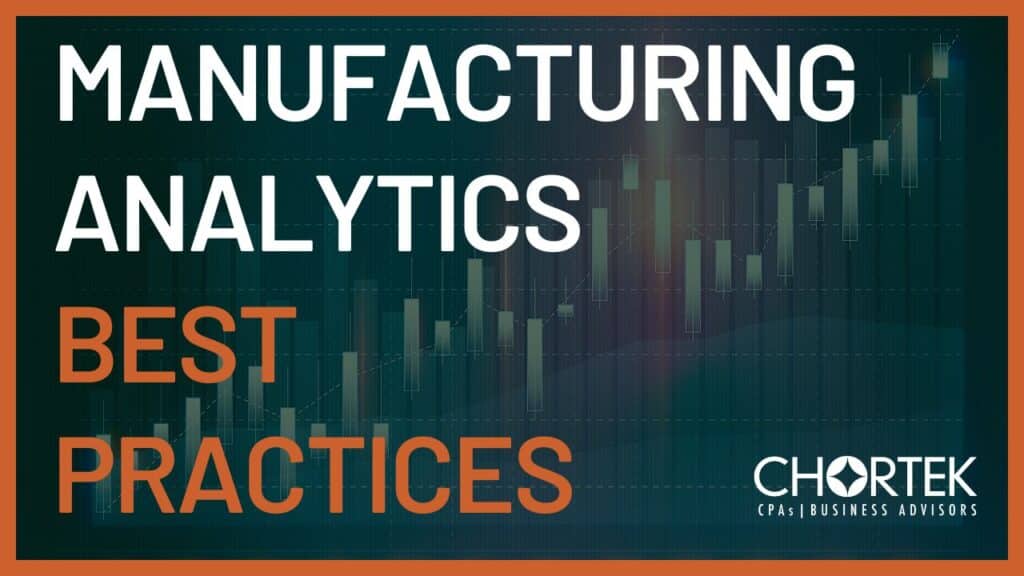
Modeling the Impact of Potential Tariffs: Why Job Costing Still Matters for Manufacturers
As a manufacturer, understanding your true job costs is critical, especially in a global market where tariffs can shift with little warning. In this article, we explore how job costing helps you stay ahead of pricing uncertainty, why it’s essential to model the potential impact of tariffs, and how tools like JobBOSS² and QuickBooks Online can help you make smarter decisions.
What Is Job Costing?
Job costing is the process of tracking all costs associated with a specific job or project. This includes labor, materials, and overhead, and in today’s climate, it should also include tariffs and other import-related expenses.
Unlike standard costing, which spreads costs across all jobs, job costing zooms in on one job at a time. For manufacturers who rely on accurate quoting and thin profit margins, this level of detail is essential.
Why You Need to Model for Tariffs
Tariffs—taxes placed on imported goods—can have a major impact on your materials costs. And while many manufacturers are aware of current tariff rates, fewer are actively modeling the impact of potential changes.
Let’s say you import a key component from overseas, and it’s currently tariff-free. What happens if a new tariff is imposed next quarter? If you’ve quoted a job without building in flexibility for that change, your margins could take a hit.
By modeling the impact of potential tariffs using up-to-date job costing data, you can quote with more confidence and reduce risk.
The Building Blocks of Job Costing
To get accurate job costs, you’ll want to track:
- Direct Labor – Time and wages for employees working on the job
- Materials – Raw materials, components, and shipping costs
- Overhead – Indirect costs like machine use, utilities, and supervision
- Tariffs & Duties – Taxes on imported materials or parts
If you’re using spreadsheets, tracking all of this accurately (and consistently) can be challenging. That’s where integrated tools come in.
How Tools Like JobBOSS² and QuickBooks Online Help
Software platforms like JobBOSS² and QuickBooks Online simplify job costing by pulling in real-time data from across your operations.
Here’s what that looks like in practice:
- JobBOSS² tracks shop floor activity, inventory usage, and material costs—down to the part level.
- QuickBooks Online gives you a financial overview and links labor costs and supplier invoices.
- Together, they allow you to model different “what-if” scenarios, such as the impact of a 10% or 25% tariff increase.
This kind of real-time modeling helps your quoting team price jobs more accurately, even in a changing global trade environment.
A Quick Example
Imagine a manufacturer quoting a $60,000 job. Materials make up $25,000 of the cost, including a $10,000 imported component. If a new 20% tariff is introduced, that component now costs $12,000—eating directly into your margin.
By modeling this scenario in advance, you can prepare contingency pricing or adjust your sourcing strategy proactively.
Why Ongoing Review Is Critical
Just like with break-even analysis, job costing is most powerful when it’s kept current. Material prices, labor rates, and tariffs all fluctuate—sometimes quickly. Regularly reviewing job cost data ensures you’re quoting based on today’s costs, not last year’s estimates.
Conclusion
With trade policies constantly evolving, the ability to model the impact of potential tariffs is more than just a nice-to-have—it’s essential. Job costing gives you the data you need to stay ahead of these changes and protect your bottom line.
If you’d like to learn more about how to model these scenarios using JobBOSS² and QuickBooks Online, reach out to the team at Chortek. And if you found this article helpful, feel free to share it with your team or network.
Suggested Reading:
Trending Backlog Overtime: A Best Practice for Manufacturers
Optimizing Gross Margin: Key Strategies for Manufacturers



